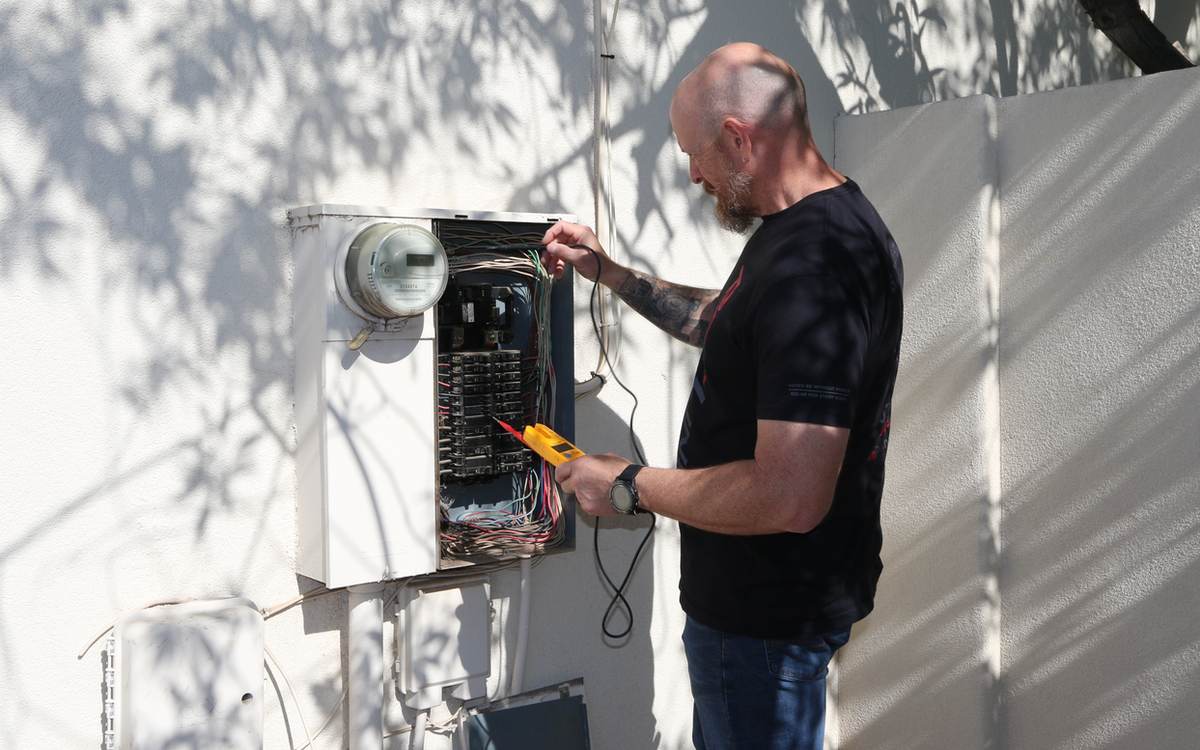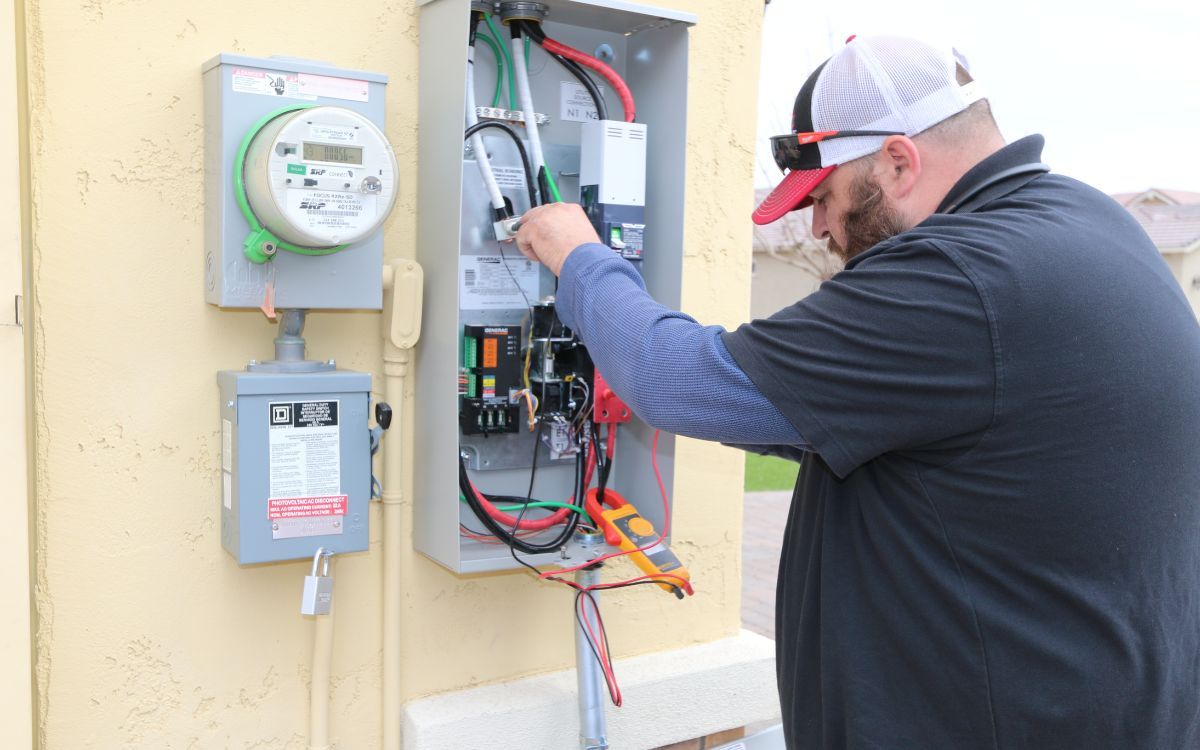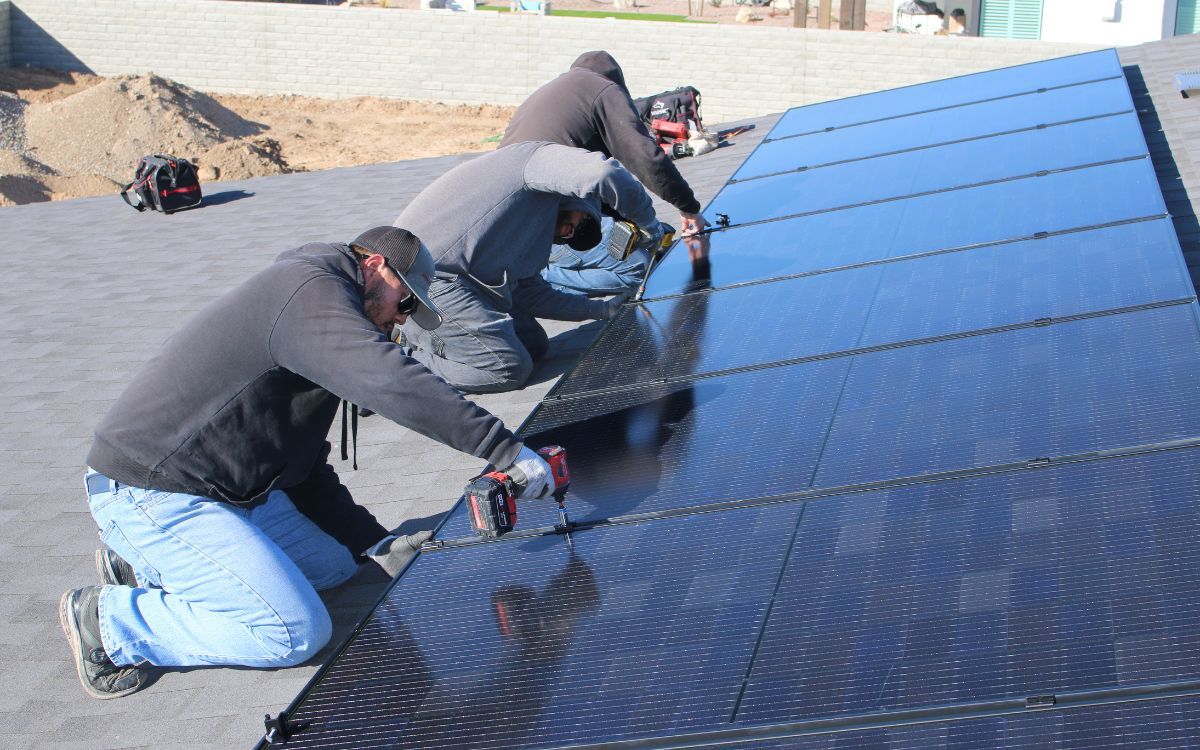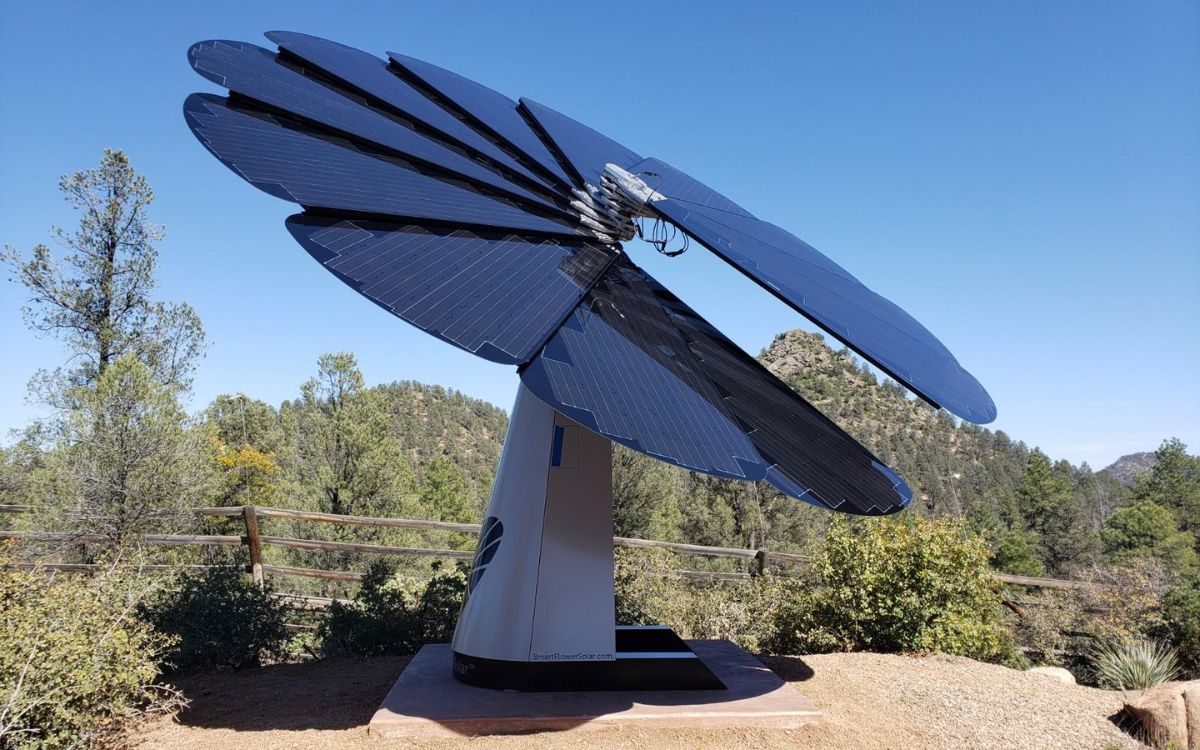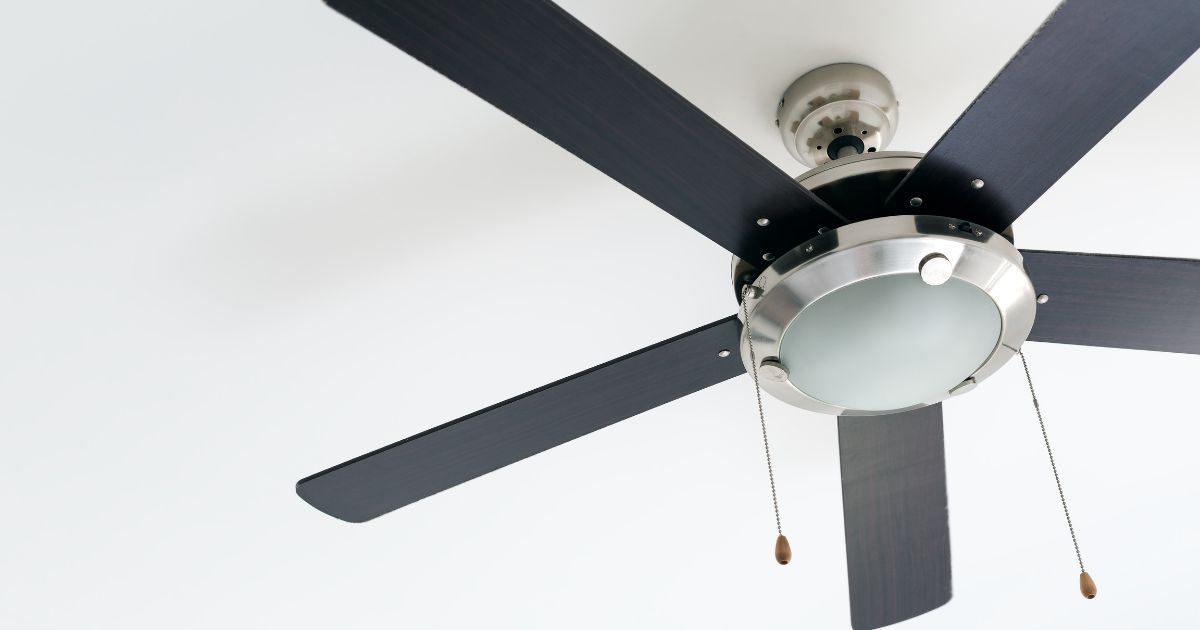Never Be Without Power
Electrical & Solar Services in Tempe, AZ
Ratings & Reviews
Check Out Our 5-Star Reviews!
-
“I had several outlets that were suddenly without power. I checked the breaker. No problem there. Checked the outlets and couldn’t find a problem. Redline Electric & Solar sent Rick out who diagnosed and fixed the problem. Good guy. Good price. Good company. Good result.”
– James S. -
“Redline Electric & Solar provided the services as outlined in the quote. The technician showed up on time and was very professional and cordial. I like the fact that they give the customers whatever it they want done. I will definitely be using them again for future projects.”
– Larry C. -
“I have been with Redline Electric & Solar for a number of years ranging from a smartflower system to panels. They are very responsive to my needs and highly recommend to anyone who wants to improve their home with reusable energy.”
– Eddie D. -
“All staff (and field personnel) were friendly and knowledgeable. When technician availability got squeezed, rather than making me wait for a custom fabricated generator-to-subpanel cable, their office reached out to offer direct pricing links to their suppliers to have one shipped directly to me. Above and beyond!”
– Greg J. -
“Great service and people. Thanks for doing a great job replacing our electrical panel. I’m no longer concerned about my house losing power. Would highly recommend again.”
– Matthew H. -
I was very pleased with my experience with Redline Electric. They were on time and had excellent communication across the board; from the estimator, schedulers, and technicians. Would definitely recommend and will use them again.
– Lauren Valentino -
We hired Redline Electric to come in and add more electrical outlets to support our incoming equipment. The team was responsive and booked us for the next day! Thank you for your help & we look forward to working with you again!
– Elizabeth Curtis -
Quick response, analyzed my problem same day and proposed both short-term and long-term fixes. Prices quoted for each option were 30-to-40% lower than the big-name company I had look at it first. Work was done next day and the tech showed me all the replaced parts and reasons for their replacement. I was extremely satisfied and will use them from now on for sure.
– Jim Prindiville
Tempe Electricians and Solar Contractors
Providing Residential & Commercial Services!
For both residential and commercial properties, a functional and efficient electrical system is essential. Whether you’re a homeowner, an apartment building manager, or a member of our local business community, Redline Electric & Solar is here to help you power your property and support everything you do in it. We offer a full range of electrical and solar services to customers across Maricopa County, all designed to help you stay efficient, address issues, and facilitate ongoing comfort.
We believe that your experience with us should be able to be described with one word – awesome. We want you to have access to awesome service, awesome products, and an awesome team whenever you need them. For emergency services, routine repairs, and informed troubleshooting, let our trained, licensed, and experienced technicians get the job done the right way, without you having to lift a finger. When you’re looking for awesome service and awesome products from a truly awesome team, turn to Redline Electric & Solar in Tempe.
We are ready to serve you! Give us a call 480-430-1939 today for a free estimate or to schedule your service!
Why Choose Us?
We deliver awesome to our clients
We do this with our Awesome Team, Awesome Service, and Awesome Products.

Awesome Team
Our Team is Awesome because of the experience they have, the training they have been through, and the fact that they want to be better.

Awesome Service
Our Service is Awesome because of our Power Process, 24 hour emergency response, and the support we have from one another.

Awesome Products
Our Products are Awesome because they are proven in the field, they come from reputable manufacturers, and the support they give us.
You’ll Enjoy our Seamless Solar Installation Process
All It Takes is Three Steps
At Redline Electric & Solar, we are committed to simplifying the process for our clients to ensure you get the best experience possible.
Our solar installation process is broken down to three easy steps:
-
Step 1: Talk with our experts about your needs
-
Step 2: Get a quote for the solution that is right for you
-
Step 3: Get the job done right the first time
Ready to get started? So are we! Give us a call at 480-430-1939 or request a free estimate online today.
